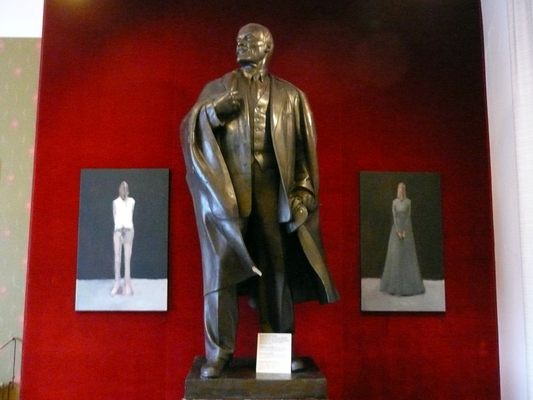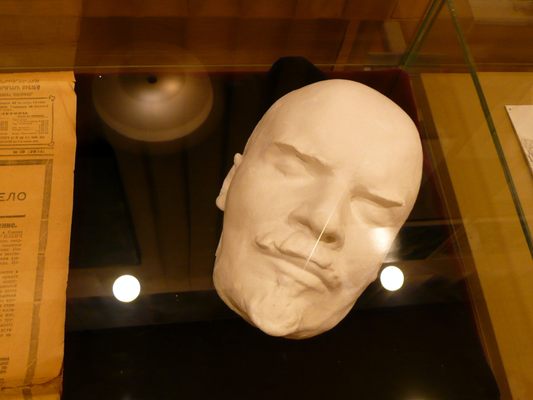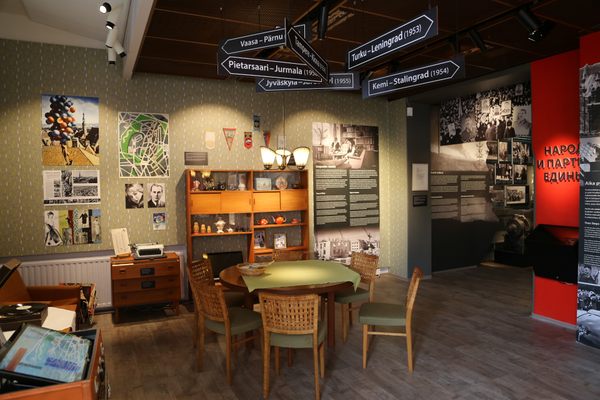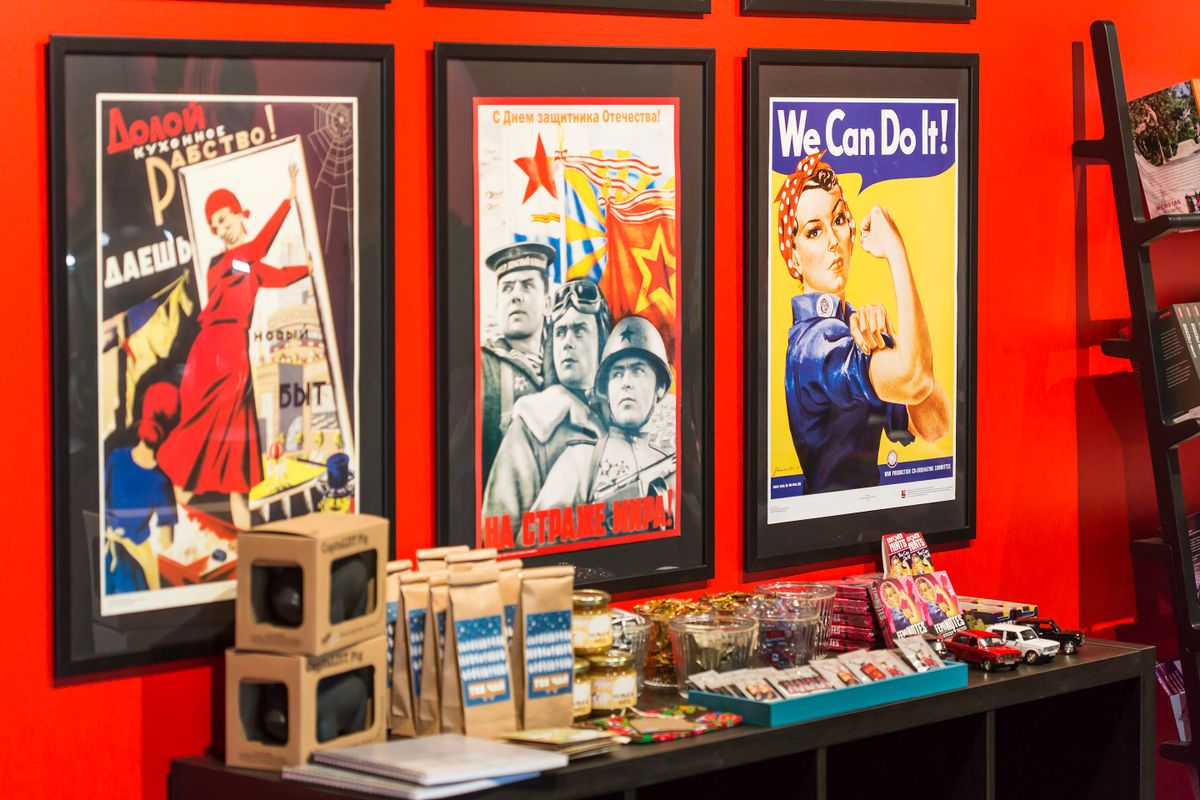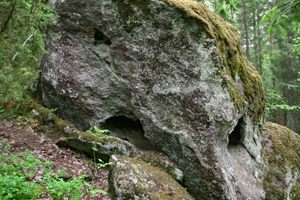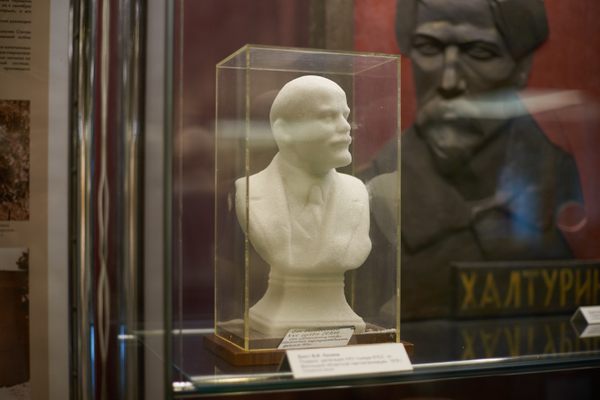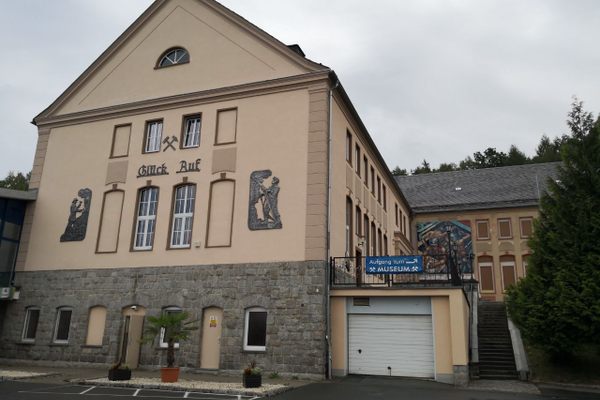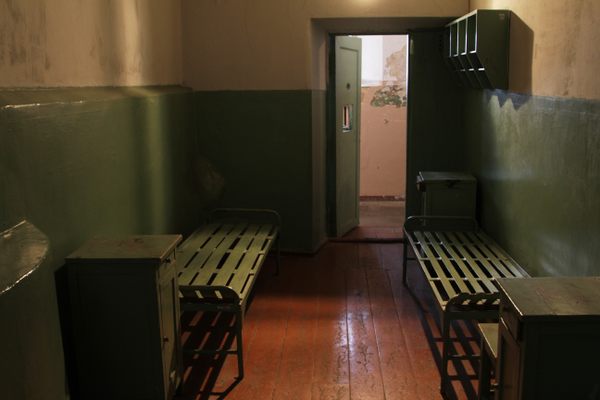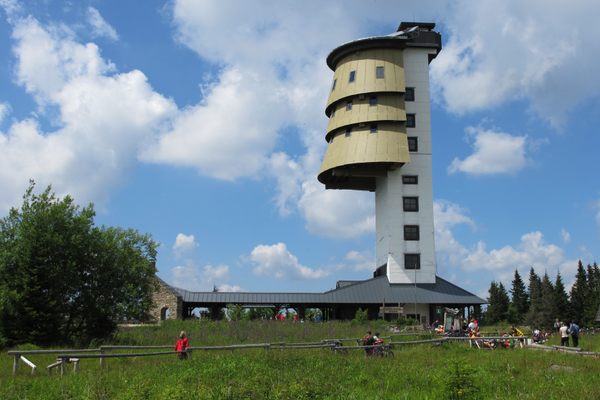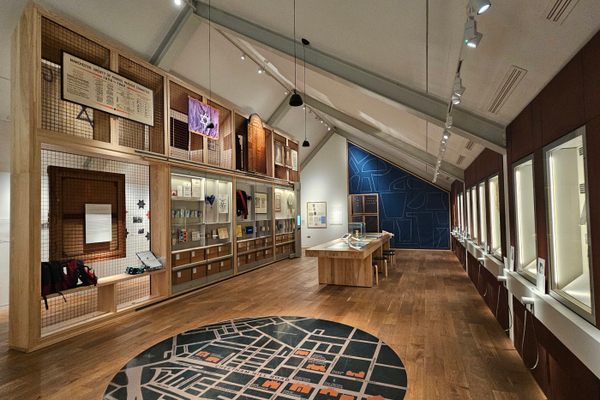About
During the mid-20th century, a handful of museums dedicated to Vladimir Lenin could be seen around Europe, but the only permanent Lenin museum that remains today is the one in Tampere, Finland.
The location of the small museum is especially significant: It's situated in the Tampere Workers' Hall, the very same place where Lenin and Stalin met for the first time in a secret meeting of the Bolsheviks in December 1905. The building hosted underground meetings of the Russian Social Democratic Labour Party in 1905 and 1906. It was here that Lenin and Stalin started planning a revolution which later changed world history.
After the signed peace treaty between Finland and the USSR in 1944, the political climate in Finland changed and began favoring friendly relations between the countries. Accordingly, the Finland-Soviet Society was founded. The Tampere branch of the society took the initiative of establishing a Lenin Museum in this hall.
The idea received widespread support among politicians, as they considered improving the post-war relations between the countries an essential task. Stalin was also pleased about the museum. The endorsement from him greatly increased the initiative’s prestige and significance. The museum became a politically vital project in the improvement of Finno-Soviet relations.
The Lenin Museum was opened on January 20, 1946, a day before the 22nd anniversary of Lenin’s death. It was the first museum dedicated to Lenin outside the Soviet Union. Unlike other Lenin museums, it was not operated by a Communist party. It's possible to get a grasp of the political significance of the museum by looking at the list of Soviet leaders who visited the museum during the Cold War. In 2014 the Lenin Museum became a part of the Finnish Labour Museum Werstas.
At present, the space has a permanent exhibition with materials related to Lenin's life, the rise and fall of the Soviet Union, and the shared past of the two countries. After the collapse of the Soviet Union, the museum underwent a complete renovation to show a more comprehensive picture of Soviet rule. A scaled model of Stalin’s gulag camp reminds visitors of the years of terror whereas a Soviet joke jukebox will make them laugh. The wax figures of Stalin and Lenin offer a good spot for photos.
Related Tags
Community Contributors
Added By
Published
August 22, 2017
Sources
- http://www.saatchigallery.com/museums/museum-profile/The+Lenin+Museum/4466.html
- https://www.csmonitor.com/World/Europe/2017/0108/In-Finland-a-one-time-shrine-to-Lenin-adopts-an-uncensored-view
- http://www.academia.edu/11237846/The_Finnish-Soviet_Society_From_Political_to_Cultural_Connections
- https://www.spottinghistory.com/view/178/lenin-museum/
